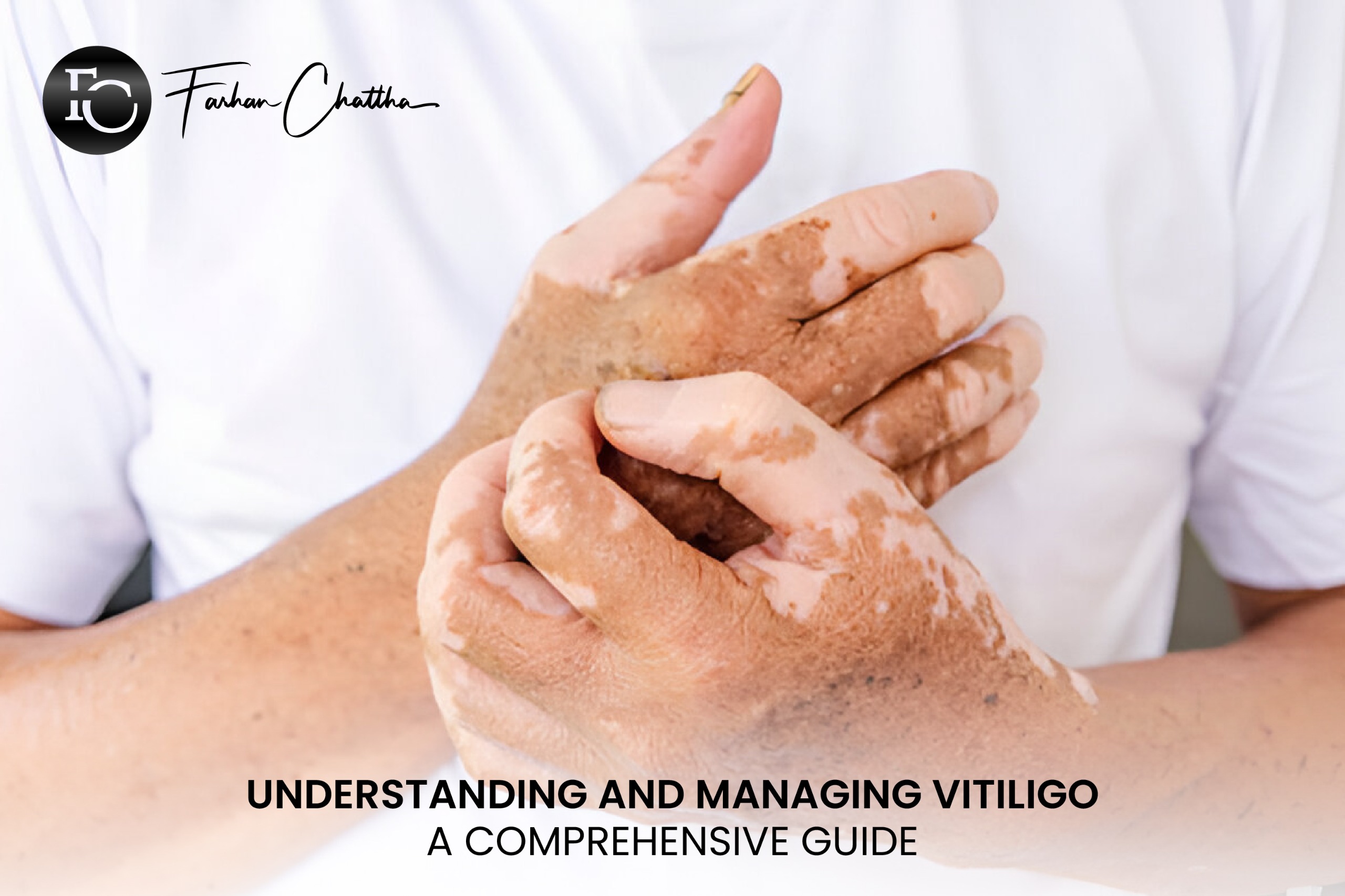Vitiligo, a chronic skin condition characterized by white patches, affects millions worldwide. Despite its prevalence, vitiligo remains poorly understood, leading to misconceptions and stigma. In this article, we’ll delve into the causes, symptoms, diagnosis, and treatment options for vitiligo, providing a reliable resource for those affected.
What is Vitiligo?
Vitiligo occurs when melanin-producing cells (melanocytes) are destroyed, resulting in skin depigmentation. This autoimmune disorder can cause significant emotional distress and self-esteem issues.
Causes and Risk Factors
Several factors contribute to the development of vitiligo:
1. Autoimmune disorders: Thyroid disease, diabetes, and rheumatoid arthritis
2. Genetics: Family history increases risk
3. Stress: Physical or emotional stress triggers flare-ups
4. Skin trauma: Cuts, burns, or sunburn
5. Vitamin deficiencies: B12 and vitamin D
Symptoms
Vitiligo symptoms include:
1. White patches: Irregularly shaped, on the face, hands, or body
2. Skin discoloration: Gradual loss of pigment
3. Itching or burning: Rarely experienced
Diagnosis
Diagnosing vitiligo involves:
1. Physical examination: Visual assessment
2. Medical history: Review of symptoms and health history
3. Biopsy: Skin sample analysis
Treatment Options
While there’s no cure for vitiligo, various treatments can help manage the condition:
1. Topical corticosteroids: Creams or ointments
2. Phototherapy: UVB or narrowband UVB
3. Immunomodulators: Creams or ointments
4. Skin grafting: Surgical procedure
5. Camouflage makeup: Conceals affected areas
Lifestyle Changes
In addition to medical treatment, lifestyle changes can help manage vitiligo:
1. Sun protection: Avoid UV radiation
2. Stress management: Yoga, meditation, or therapy
3. Healthy diet: Balanced nutrition
4. Exercise: Regular physical activity
Coping with Vitiligo
Living with vitiligo can be challenging. To cope:
1. Seek emotional support: Join support groups or counseling
2. Focus on inner beauty: Self-esteem boosters
3. Educate others: Raise awareness about vitiligo
Vitiligo, while challenging, can be managed with proper treatment and lifestyle changes. Consult a dermatologist for personalized guidance. Remember, you’re not alone – there’s support and resources available to help you navigate life with vitiligo.

